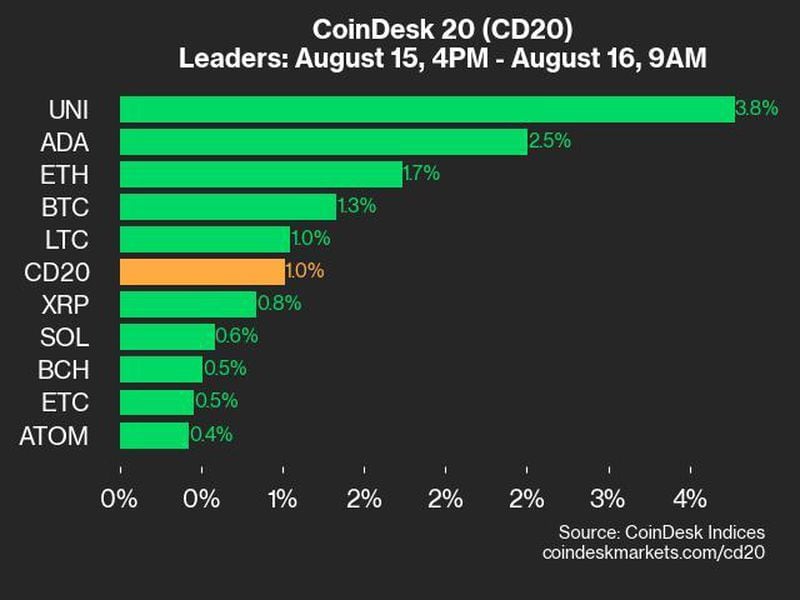Bitcoin Cash Undergoes ‘Halving’ Event, Casting Shadow on Miner Profitability
Bitcoin Cash Undergoes ‘Halving’ Event, Casting Shadow on Miner Profitability
Bitcoin Cash – the blockchain that forked off Bitcoin in 2017 – has just reduced its block rewards by half, causing many miners to see gross margins drop to near zero.
The world’s fifth largest cryptocurrency network by market capitalization reached block height 630,000 at roughly 12:20 UTC on Wednesday – by design triggering the so-called “halving” event that reduced the network’s mining reward from 12.5 bitcoin cash (BCH) per block to 6.25.
That means miners competing for block rewards on the network will see their immediate mining revenue reduced by half, resulting in no or slight returns despite investments in costly mining equipment.
The mining difficulty and hash rate on Bitcoin Cash – a measure of how much miner power is participating on the network – has recently been on a downward trend in the run up to the halving, dropping from around five exahashes per second (EH/s) in mid-February to 3.3 EH/s currently.
The trend is in line with the price decline of BCH, which dropped from $492 around mid-February to as low as $165 in mid-March – though it’s since bounced back over $250. At press time, BCH is changing hands at $268, according to CoinDesk’s price index, a 2.7-percent jump over the last 24 hours.
Based on data from F2Pool, at BCH’s current price and the network’s latest hash rate, a wide range of the mining equipment that was launched in 2018 and early 2019 are now generating negative daily profits, if assuming an average electricity cost of $0.05 per kilowatt-hour (kWh).
Even some of the most recent models that hit the market late last year and in early 2020 are seeing gross margin drop to around 10 percent. Only those most powerful models like MicroBT’s WhatsMiner M30S or Bitmain’s AntMiner S19 or S17 Pro would be able generate a margin above 30 percent, but the manufacturers have not yet been able to deliver these models to the market in large numbers.
That said, as more unprofitable miners unplug from the Bitcoin Cash network as is expected, mining difficulty will further decrease, dynamically increasing the mining revenue for those who can afford to stick to the game.
Furthermore, specialized mining devices (commonly known as ASIC miners) based on the SHA-256 algorithm – which is adopted by Bitcoin, Bitcoin Cash and Bitcoin SV – are able to switch between different networks that use the same algorithm.
The Bitcoin Cash event foreshadows the halving scheduled for the Bitcoin network in about 35 days, which is 26 times larger than BCH in terms of market capitalization.
The 14-day rolling computing power connected to the Bitcoin network is currently at 105 EH/s, which has seen a five percent uptick after having decreased by nearly 16 percent late last month.
Meanwhile, Bitcoin SV, the network that forked off the Bitcoin Cash blockchain in late 2018, is also scheduled to go through a block reward reduction in about a day. The price of BSV has jumped by 9 percent to $209 over the past 24 hours ahead of the scheduled event.
Disclosure Read More
The leader in blockchain news, CoinDesk is a media outlet that strives for the highest journalistic standards and abides by a strict set of editorial policies. CoinDesk is an independent operating subsidiary of Digital Currency Group, which invests in cryptocurrencies and blockchain startups.









